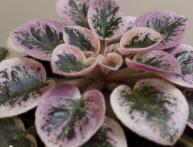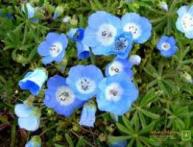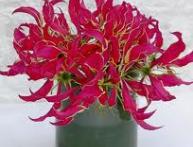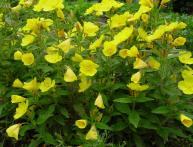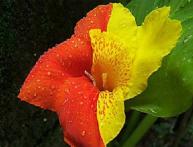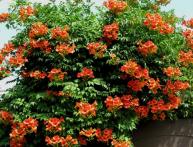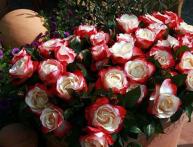The pearl of the gardener's collections: decorative mertensia and wild mertensia
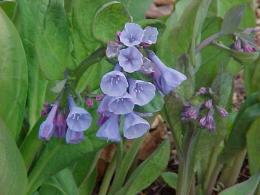
Mertensias are very popular ornamental plants that can often be found in gardeners’ collections. Caring for them is very simple, but on the other hand, they are very graceful plants, especially during the flowering period. However, in the wild in certain parts of the world you can find different types of mertensia, which are no less decorative and can charm the traveler.
Content:
Mertensia in the gardens
Mertensia, from the borage family, is an excellent deciduous ornamental plant. Many flower growers consider it a real pearl in their flower-rich collections. Ideal for decorating an alpine slide. In the garden, from very early spring, you can recognize mertensia by its dense, beautiful leaves. They have a pearl blue tone; the iridescence of shades looks elegant; they create the charm of a combination of sea water tones.
Abundant flowering occurs from May to July. The flowers are beautiful bells, which are distinguished by their blue color of particular intensity with a slight lilac tint.
Mid-summer is the period of peak decorative characteristics of mertensia. However, right up to the onset of cold weather, the plant is able to maintain its neatness and effectiveness. Very undemanding to conditions. Feels good in both sun and partial shade. The same can be said about the soil.The only thing that has a very negative effect on mertensia is stagnation of water.
If the gardener depends on the mertensia growing quickly, then it is necessary to specially prepare the soil. It should be fresh, fluffy and have the necessary nutrients. Let us note another important quality of mertensia – resistance to cold and frost. The plant will not need shelter.
Sowing and care
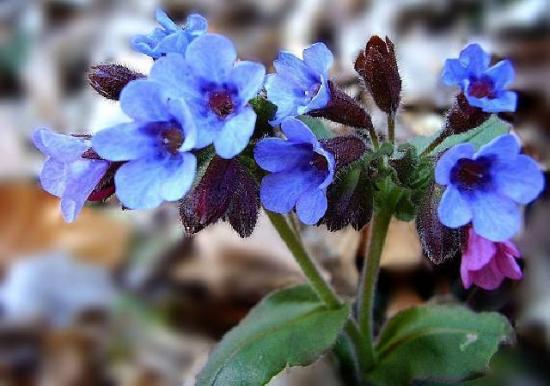
- Mertensia seeds are sown in special seedling containers – containers. The soil placed in them must have two main qualities: structure and friability. Moreover, it is necessary to ensure that the soil does not thicken. If the sowing is in autumn, then the containers are dug into the beds for the winter. The main thing here is to avoid getting wet during the autumn.
- Seedlings should receive regular watering. It is always necessary to ensure that the soil is sufficiently loose. Naturally, lighting is also important. The main thing is that the mertensia should not be exposed to direct rays. Very often, gardeners resort to picking seedlings in order to move them to soil with more optimal nutritional parameters.
- When the seedlings are already ripe, it is worth taking care of planting it in open ground, already in their permanent place. The best time for this is evening; It is possible during the day, but in cloudy weather. When planting, it is important not to forget to mulch the hole before watering it well. In the first year of planting in a permanent place, mertensia forms the bush itself, its foliage. Already in the second year you should expect flowering.
Caring for mertensia, which has already been planted in a permanent place, also has some features. So, with the arrival of spring, it is worth taking care of feeding the plant.To do this, they resort to a complete mineral fertilizer containing the necessary microelements. Experienced gardeners always advise periodically feeding the soil with wood ash. It is not recommended to resort to organic fertilizers.
When the flowering period comes to an end, the flower stalks are carefully cut off. With the arrival of autumn, the foliage is also cut off, by about 5 cm. It happens that gardeners at this time also use leaf humus, especially well-rotted one, for adding leaf humus.
Plant varieties
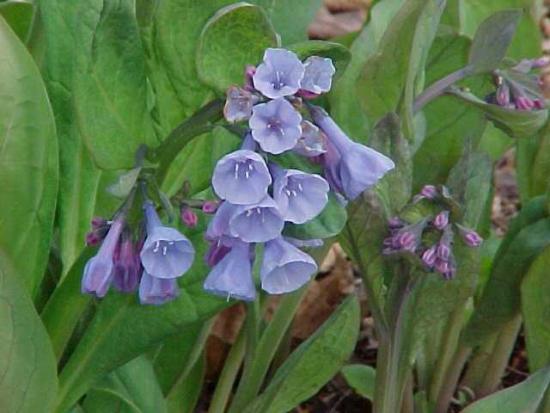
Mertensia vulgare
Mertensia vulgaris is a golden yellow flower that has a distinct bright orange edge. The height of this plant reaches 0.6 m; the average width is about 0.38 m. The plant has sky-blue bell-shaped flowers. The leaves are fleshy, gray-green.
Mertensia maritima
Exists many types mertensia. One of the most famous, besides the common one, is the seaside mertensia. This perennial reaches a height of 15 cm.
Maritime mertensia can be found in gardens with rocky soil. The flowering period occurs in mid-summer, that is, mainly in July. The plant is able to maintain its decorative qualities throughout the growing season. The flowers are small, funnel-shaped, dark blue.
The leaves are bluish-gray, waxy, oblong. The stems are densely leafy and prostrate. The plant has its optimal spectacular appearance in the spring. At this time, rosettes begin to form. Sowing of seaside mertensia is carried out twice: in spring or before winter. This process should be preceded by a preliminary stratification of 2 months under the condition of 0+4 degrees. Caring for the plant consists of systematic watering.
Mertensia virginiana
Mertensia virginiana - another one type of this plant. North America is considered its homeland. The plant is distributed along streams, more often in damp meadows. This perennial is characterized by a very powerful, fleshy rhizome.
Flowering period is spring. After this, the death of the vegetative part is observed. By mid-summer, all life processes in the plant are suspended. Virginia mertensia is very resistant to frost. Withstands -40 degrees.
Mertensia sibirica
Mertensia Siberian is a plant that reaches a height of up to 80 cm. It has a bluish tint and is completely naked. The rhizome is fleshy, thick, horizontal. The paniculate inflorescence has several curls. Flowers are blue; Flowering period - late June - early July. The plant is found in the upper reaches of the Yenisei, the mouth of the Podkamennaya Tunguska, in Buryatia.
Mertensias are very undemanding plants that can add color to any garden or flower collection. In addition to the fact that for many gardeners they have become an integral plant in their gardens, mertensias are found in the wild. Moreover, there are many subspecies of them. We stopped only at the main ones.
Video about flowering plants that will decorate your garden:
Interesting information about the vegetable garden



